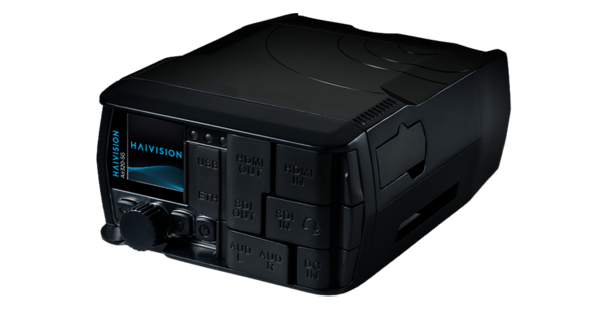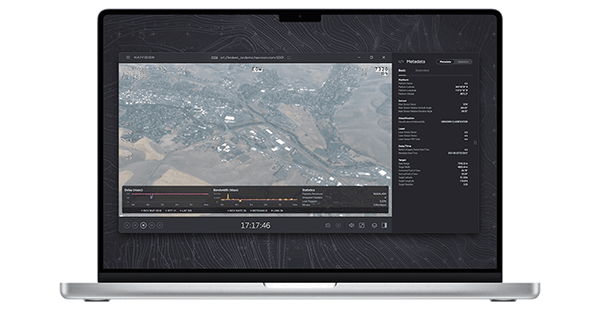Jitter
When referencing jitter in video applications, jitter is the loss of transmitted data between network devices. Jitter happens due to a number of causes, including electromagnetic interference and crosstalk with carriers of other signals.
Jitter is defined as the deviation from the true periodicity of a presumably periodic signal. In the simplest terms, Jitter is a significant, typically undesirable, factor in the design of nearly all communications links. When referring to clock recovery, jitter is frequently known as timing jitter.
When it comes to video or digital images, Jitter takes place when synchronization signals are corrupted or electromagnetic interference is introduced during video transmission. Certain video streaming protocols, however, can effectively mitigate the effects by smoothing variations in timing of packets and feeding them to a given application at a more regular rate.
Latest Blog Articles




























